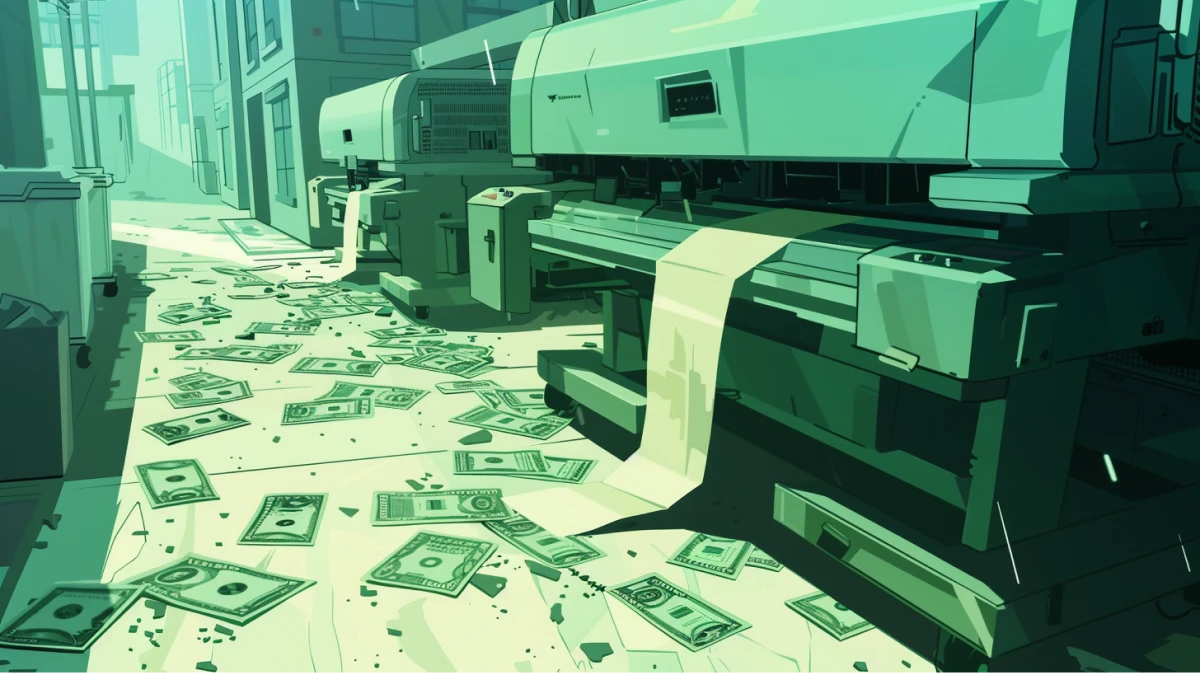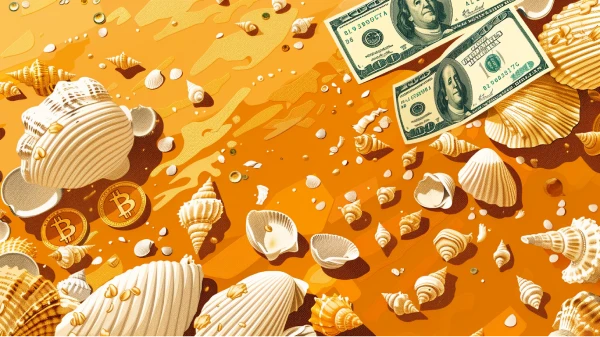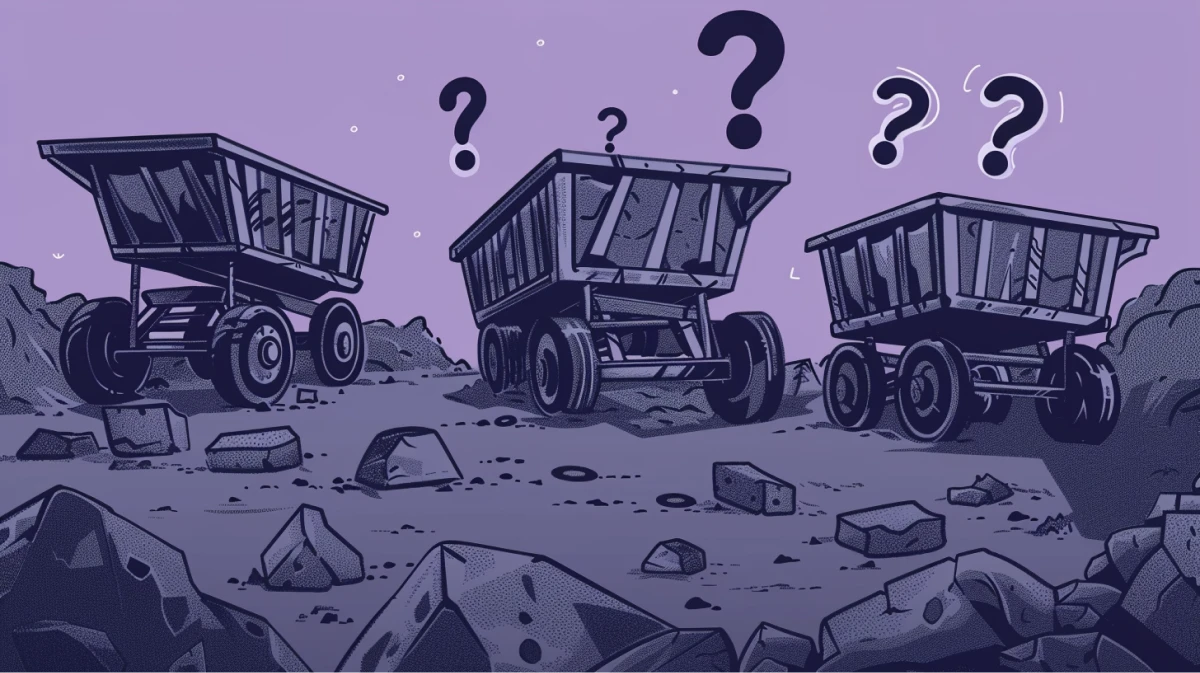What Is Deflation?
Deflation is a decrease in the price of a typical good or service in an economy. This means that the same product would cost less than it had in the past. However, deflation does not necessarily mean the value of the currency has increased, since it may be the result of the real price of goods decreasing instead.
Because not every product has the same price trend, deflation is typically measured by tracking a weighted average of several goods, which is translated into a consumer price index (CPI).
It is more common for an economy to experience consistent inflation over time. Inflation is the opposite of deflation; products cost more than they did previously when denominated in the nominal amount of a given currency. The primary driver of inflation is the government continuously printing money, which increases supply for the currency without changing aggregate demand.
What Causes Deflation?
There are several possible drivers of deflation. If the money supply decreases, then the value of a currency will go up, which lowers prices. Alternatively, a sudden increase in the supply of goods and services will cause a lower equilibrium price, even though the value of the currency was unchanged.
A lower equilibrium price will also occur when the demand for goods and services goes down, as was the case in the early stages of the COVID-19 crisis. Regardless of the value of the currency, lower demand will force merchants to lower prices to stay competitive, resulting in deflation.
Economic Effects of Deflation
Deflation has mixed impacts on an economy, but consistent deflation will almost always have negative repercussions on consumers. As prices decrease, companies will make smaller profits on sales, incentivizing them to cut production. As a result, these companies will need to fire employees or reduce wages. When this happens on a large scale, consumers have less income and become less willing to buy goods, further lowering demand. This feedback loop results in more deflation and is known as a deflationary spiral.
Deflation also has some positive impacts. As prices go down, consumers gain buying power. This can incentivize buying in the short term or give them additional money to pay off debts.
However, the expectations for future price changes also play a role in consumers’ decisions. If more deflation is expected, consumers will delay spending to get cheaper prices in the future, whereas expectations of inflation indicate they should spend now before prices rise and their purchasing power declines.
Cases of Deflation in the United States
Deflation is most common during economic recessions. The last time the United States experienced consistent long-term deflation was during the Great Depression in the 1930’s.
The financial crisis of 2008 also saw a small period of deflation. Most recently, the United States saw a decrease in the CPI during the early months of the COVID-19 crisis. However, the CPI reached new highs in August of 2020, ending the short deflationary period.
The economic outcomes during the first half of 2020 were in line with economic expectations for deflation. However, the actual impacts deflation had on the economy are hard to separate from the events that caused the deflation. For example, many people lost their jobs due to COVID-19, it is hard to say how much deflation contributed to the unemployment rate.
Will the United States Experience More Deflation?
Although the future is uncertain, additional deflation of the U.S. dollar is highly unlikely in the near future. In fact, the government is anticipating higher rates of inflation than usual. The government is increasing the monetary base very rapidly in an effort to help the economy recover from the impacts of COVID-19.
This will lower the value of the U.S. dollar, resulting in higher prices. The Federal Reserve has stated that the usual target of 2% annual inflation is being relaxed to focus on the economic recovery.
➤ Learn more about other currency issues.
Key Takeaways
- Deflation is a decline in the prices of products in an economy.
- Most countries experience consistent inflation, the opposite of deflation.
- Deflation is most common during recessions.
- Long-term deflation is typically bad for an economy.


